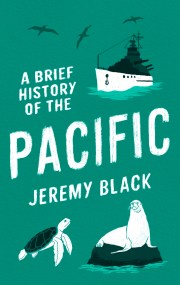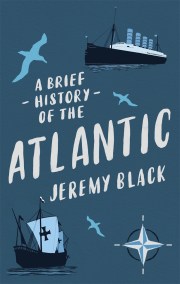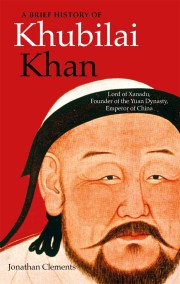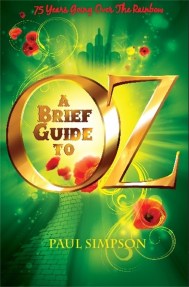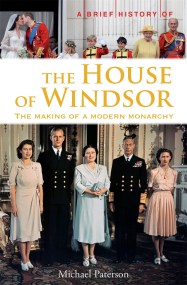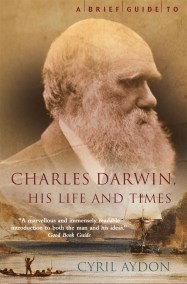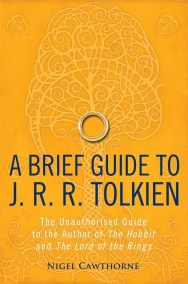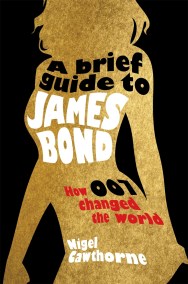A Brief History of the Caribbean
On sale
18th November 2021
Price: £9.99
Genre
A concise history of the Caribbean’s long and fascinating history, from pre-contact civilisations to the present day
This is a concise history, intended for travellers, but of inestimable value to anyone looking for an overview of the Caribbean and its mainland coastal states, with a focus on the past few centuries.
The history of the Caribbean does not make much sense without factoring in the cities – Pensacola, New Orleans, Galveston – and the ambitions of the states on its continental shores, notably the United States.
This account is grounded in a look at the currents and channels of the sea, and its constraints, such as the Mosquito Coast, followed by the history of ‘pre-contact’ civilisations, focusing on the Maya and the Toltec Empire.
With the arrival of the Europeans, from the late fifteenth century to the early years of the seventeenth century, the story becomes one of exploration, conquest and settlement. Black charts the rise of slave economies and the Caribbean’s place in the Atlantic world, also the arrival of the English – Hawkins and Drake – to challenge the Spanish.
He examines the sugar and coffee slave economies of the English, French, Spanish and Dutch, also the successful rebellion in Haiti in the eighteenth century, and how the West Indies were further transformed by the Louisiana Purchase, the American conquest of Florida and the incorporation of Texas.
He discusses the impact of Bolivar’s rebellion in Spanish America, the end of slavery in the British Caribbean, and war between Mexico and America; also the defeat of the South by the Union, the American takeover of the Panama Canal project from France, and the Spanish-American War.
The first half of the twentieth century focuses on growing US power: intervention in Mexico, Honduras, Nicaragua, Panama, Haiti and the Dominican Republic; Cuba as an American protectorate, and civil wars in Mexico.
The Cold War brought new tensions and conflict to the region, but the same period also saw the rise of the leisure industry. The last part of the book looks at the Caribbean today – political instability in Venezuela and Colombia, crime in Mexico, post-Castro Cuba – and the region’s future prospects.
This is a concise history, intended for travellers, but of inestimable value to anyone looking for an overview of the Caribbean and its mainland coastal states, with a focus on the past few centuries.
The history of the Caribbean does not make much sense without factoring in the cities – Pensacola, New Orleans, Galveston – and the ambitions of the states on its continental shores, notably the United States.
This account is grounded in a look at the currents and channels of the sea, and its constraints, such as the Mosquito Coast, followed by the history of ‘pre-contact’ civilisations, focusing on the Maya and the Toltec Empire.
With the arrival of the Europeans, from the late fifteenth century to the early years of the seventeenth century, the story becomes one of exploration, conquest and settlement. Black charts the rise of slave economies and the Caribbean’s place in the Atlantic world, also the arrival of the English – Hawkins and Drake – to challenge the Spanish.
He examines the sugar and coffee slave economies of the English, French, Spanish and Dutch, also the successful rebellion in Haiti in the eighteenth century, and how the West Indies were further transformed by the Louisiana Purchase, the American conquest of Florida and the incorporation of Texas.
He discusses the impact of Bolivar’s rebellion in Spanish America, the end of slavery in the British Caribbean, and war between Mexico and America; also the defeat of the South by the Union, the American takeover of the Panama Canal project from France, and the Spanish-American War.
The first half of the twentieth century focuses on growing US power: intervention in Mexico, Honduras, Nicaragua, Panama, Haiti and the Dominican Republic; Cuba as an American protectorate, and civil wars in Mexico.
The Cold War brought new tensions and conflict to the region, but the same period also saw the rise of the leisure industry. The last part of the book looks at the Caribbean today – political instability in Venezuela and Colombia, crime in Mexico, post-Castro Cuba – and the region’s future prospects.
Newsletter Signup
By clicking ‘Sign Up,’ I acknowledge that I have read and agree to Hachette Book Group’s Privacy Policy and Terms of Use
Reviews
Praise for Jeremy Black's Insurgency and Counterinsurgency: A Global History
A significant and timely contribution to understanding the new meaning of war.
Praise for Jeremy Black's The Holocaust
A demanding but important work.



